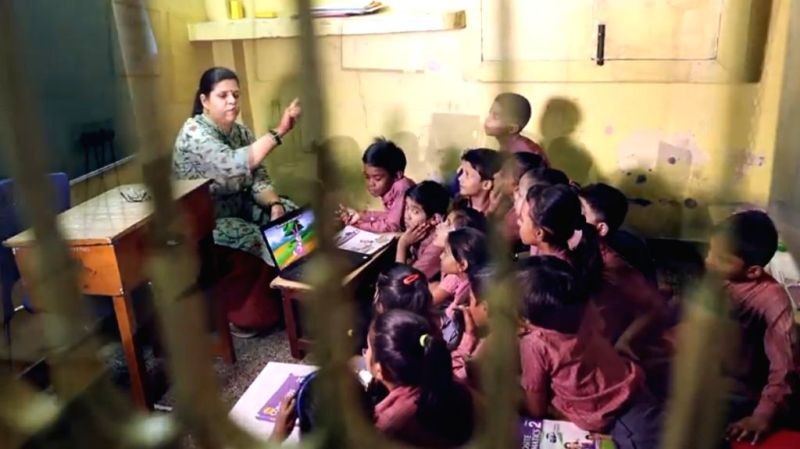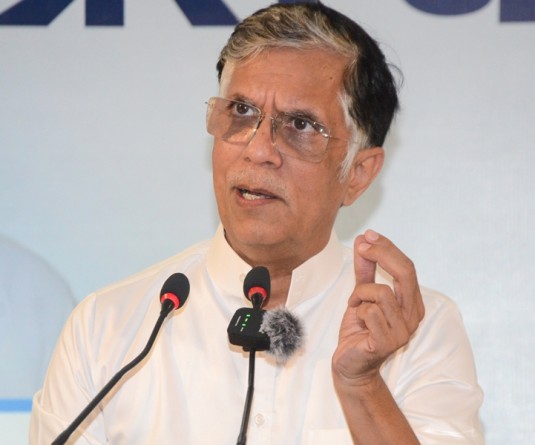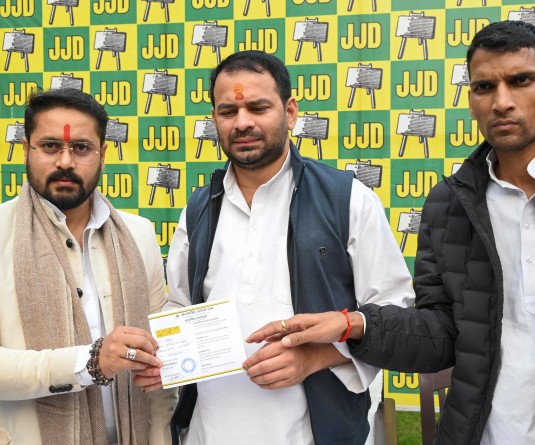TicTacLearn: Online learning in vernacular languages bridging digital divide. (IANS Photo)

NEW DELHI, APRIL 1 (IANS): The coronavirus pandemic has deepened the inequities in accessing and benefiting from education, especially for the underprivileged students in India, who are more likely than others to be engaged in remote schooling.
According to the World Economic Forum, nearly 320 million learners in India were adversely affected by the pandemic, and have transitioned to the e-learning industry.
The virtual learning system has its own vulnerabilities, as it increases the risk that instructions would not be close to classroom contact atmosphere, which could widen the achievement gap.
Another challenge for the e-learning platforms, given that more than 20 languages are used across the education system in the country, was how to align with various dialects, varied contexts and different social experiences. Also, continued closure of schools could potentially have a negative impact on the most vulnerable students.
However, the Central Square Foundation (CSF), a Delhi-based non-profit, believes that leveraging Education Technology (EdTech) solutions is the need of the hour, as it can help ensure continued learning at home.
In partnership with Google, the CSF had created TicTacLearn in April last year, which is a repository of 12,000 learning videos for mathematics and science subjects in six languages - Hindi, English, Telugu, Odia, Gujarati and Marathi.
Speaking to IANS, Bikkrama Daulet Singh, co-managing director, CSF, said: "Never before did we witness disruption in teaching-learning at this scale. To rise to the challenge, we accelerated the production of videos under TicTacLearn. We wanted to deliver high-quality content in vernacular languages to ensure that children, especially those from underprivileged backgrounds, benefit from it during school closures." This repository of learning videos solves three critical aspects of online learning: Quality content, engagement and access. The TicTacLearn channel on YouTube is an open source, which has garnered in excess of 52 million views and 110k plus subscribers so far.
According to Atul Bhargava, senior project lead (government projects) at CSF, with more than 20 languages used across the education system, equitable access to quality distance learning resources is more vital than ever.
The content is story-based (especially for grades I-V), pedagogically sound and byte sized (4-5 min), which generates interest in the students, keeps them engaged and helps them learn at the same time.
"The landscape of Indian educational content availability in 2018 depicted lack of content in vernacular language. Majority of available content was owned by for-profit players - not affordable by 85-90 per cent of Indian students enrolled in government and government-aided schools," said Bhargava.
The maths topics are broken into hook & knowledge, illustrative examples and misconception. The environmental science (EVS) and science videos follow the storytelling approach. There are 12,000 plus videos and 1,050 plus hours of content for maths (grade I-X); and EVS and science (grade III-X), which has 2,000 videos and 175 hours of content for each language.
These videos are also available on the DIKSHA app, the Ministry of Human Resource Development's (MHRD) primary initiative to make e-content available to school children. The videos can also be accessed on the app using the QR codes in the textbooks.
Last year, nearly 500 million textbooks were distributed with QR codes on each chapter, which allow students to scan the code and get a video explaining the concept. For example, if a student is willing to learn about photosynthesis, he/she can scan the code and get a video. As mmany as 9,000 TicTacLearn content pieces have been linked to 50k plus QR codes and 20 states are using TicTacLearn content via DIKSHA and there are already in excess of 5 million views on it.
Maharashtra, Andhra Pradesh, Odisha, Rajasthan, Uttar Pradesh and Haryana have started linking the TicTacLearn content to the QR codes in the textbooks.
Would this e-learning methodology succeed in a post-pandemic scenario? "Going forward, schools are likely to adopt a blended learning approach since it will be a while before they resume operations at full strength. These videos will continue to complement classroom learning," Singh said.


.jpg)



